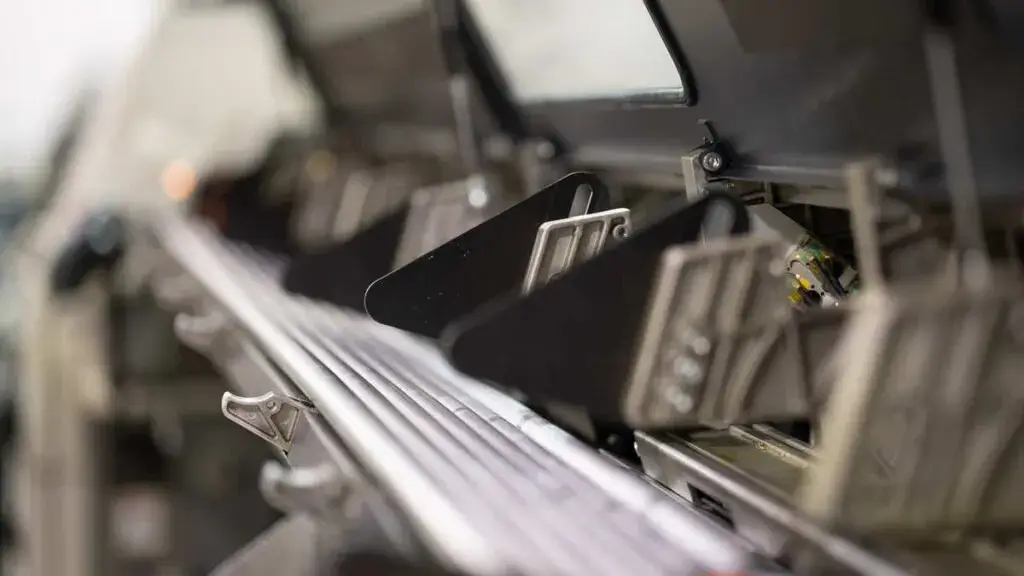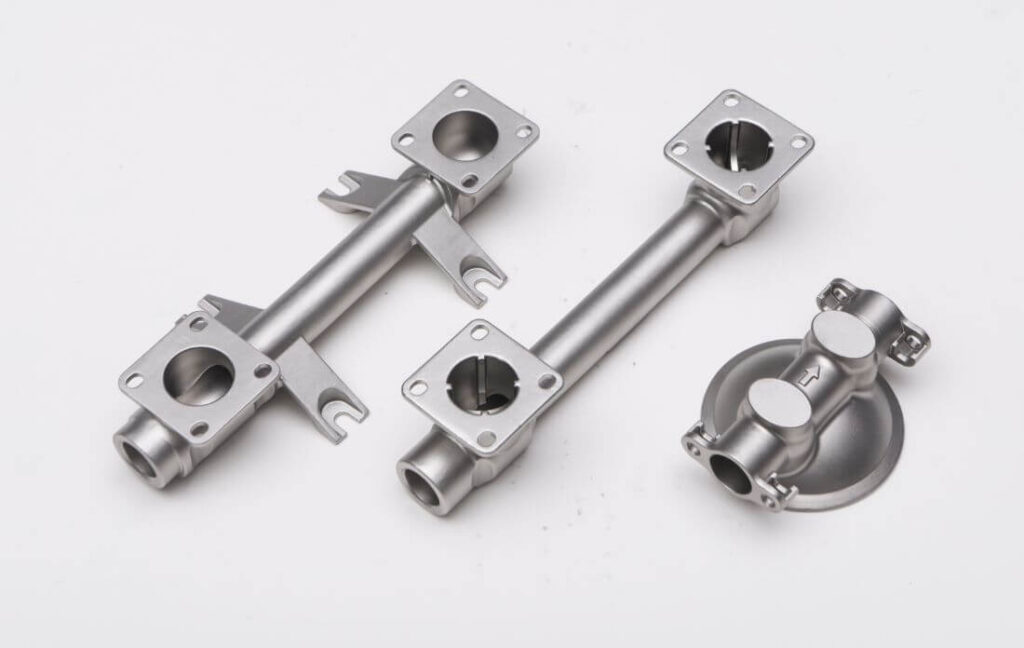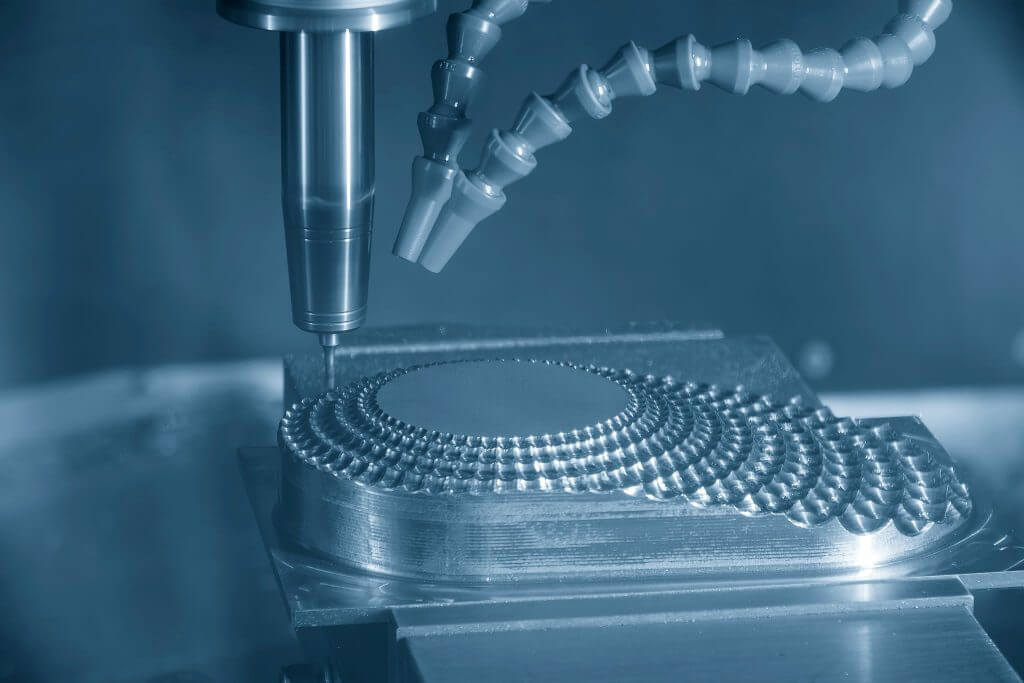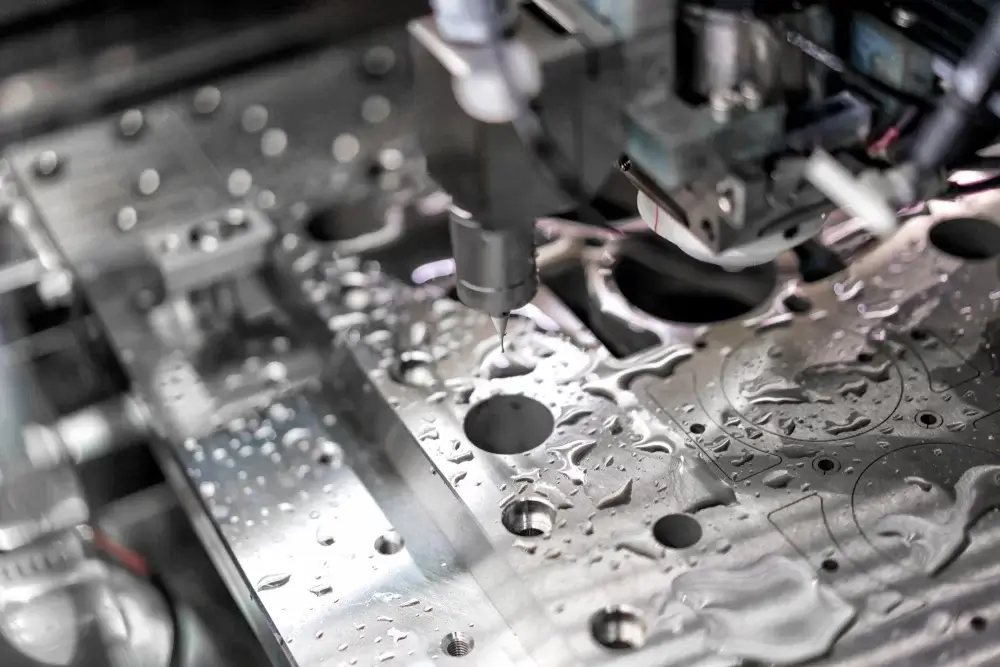Why High Precision Machining is So Popular
High precision machining is an essential service used to manufacture parts and components for many of the tools we use and rely on in our daily lives. All industries we serve require advanced machining, including aerospace, medical, automotive automation, and more.
But what exactly is high precision machining? Here, we detail what high precision machining is, machining methods, advantages, and why high precision machining is important.
1.What is high precision machining?
In the manufacturing industry, “high precision machining” generally refers to parts with tolerances within a few microns. Precision machining processes refer to various machining processes with machining accuracy and surface finish higher than the corresponding machining methods.
High precision machining processes include precision cutting and high finish high precision grinding. High precision machining generally has an accuracy of 10~0.1μm, a tolerance grade of IT5 or above, and a surface roughness Ra of less than 0.1μm.
The true art of high precision machining is the combination of computer-controlled design and ergonomic design, which can create unique functions and highly controlled outputs and functional technologies through the development of fluid dynamics, chemical control, machinery, extreme weather, and the durability required by modern hardware.
High-precision machining is important for making tools and parts in a precise, stable manner that is repeatable, consistent, accurate, and durable.

2.What is high precision machining used for?
High-precision machining is a subtractive process that is used when material needs to be removed from an original product to make a final product. High-precision machining can be used to make a wide variety of products, items, and parts for a variety of different objects and materials.
These parts often require tight tolerance variations between nominal dimensions and parts, which means there is not much room for error in the production of the parts. It is used to make up many large and small objects and their components that we use in our daily lives. If an object is made up of many small parts, high precision machining is often required to ensure that they fit accurately and work properly.
Components, parts, and finished products designed to hold extremely small tolerances and high durability are common drivers that are essential to the use of high-precision machining. For example, parts that need to work together as machine parts may need to always align within a certain range of 0.01 mm to 0.005 mm. High precision machining helps ensure that these parts are not only made accurately, but can be produced with this accuracy again and again.
Another common application of high precision machining may be when a tool or part needs to be serviced or repaired. After a period of use, the tool or part of an object may need machine calibration, slotting, or welding to restore it to its original state.
This can also be done with high precision machining. It can also be used for test fixtures, or automated production lines, especially in some high precision industries such as the electronics industry, automotive automation industry, medical machine production lines, etc.
3.What tools and materials are used for high precision machining?
A variety of raw materials can be used for high precision machining, such as plastics, ceramics, metals, stainless steel, steel, bronze, titanium, tungsten, etc. For precision cutting and complex removal of raw materials, a variety of tools can be used.
These tools depend on the raw material. For most materials, milling machines, lathes, grinders, other CNC machines, EDM, etc. can be used. All of these are mainly CNC-controlled machines operated by highly qualified and experienced operators. Each tool has different functions, and the material, part size, part complexity, surface treatment, etc. will affect the choice of the tool used.

4.What machines are used for high precision machining?
To get the best results from high precision machining, it means being able to accurately follow a specific blueprint created using a computer-aided design (CAD) or computer-aided manufacturing (CAM) program. CAD or CAM files are used to create the 3D drawings needed to produce the part.
Due to the nature of high precision machining, a trained technician must create a file with very precise specifications. This CAD or CAM file is then used in CNC machining to get the best results during the machining process.
To manufacture these highly complex and high-precision parts, advanced machinery is required to do the job efficiently. The various types of CNC machine capabilities include:
- 3-axis CNC machining
- CNC milling
- CNC turning
- Multi-axis CNC machining
- Indexed CNC machining 3+2 axes
- 5-axis CNC machining
- Precision grinding
- EDM and wire cutting
High precision machining, quality is also important, so inspection machines are necessary. Typically includes:
- Coordinate measuring machine
- Microscope
- Height gauge
- Micrometer
- Hardness tester
- Caliper
5.Advantages of high precision machining
1) Operational efficiency
The high precision machining process relies heavily on computer-controlled machines that can run automatically at high speeds without any human intervention. This means that manufacturers can rely on less labor to process parts.
Reducing production costs and improving product quality can improve operational efficiency on the factory floor. However, operating advanced machines and systems requires a skilled workforce.
2) Increased speed
High precision machining involves equipment that uses computer-animated drawings to interpret blueprints and execute accordingly. These machines are significantly better than humans in terms of speed, accuracy, and overall output. Most importantly, machines do not need to sleep because they can work for long periods of time.
3) Consistent product quality
High precision machining of CNC machine tools can ensure consistent output times. Continuously producing high-quality products can increase customer confidence and improve your brand awareness.
4) Reduced risk factors
Both human and mechanical errors will slow down the entire production process and increase production costs. However, using smart machines can eliminate human errors in the process. Since computers strictly follow a set of predefined operations, they are less likely to make mistakes.
5) Low Errors
With CNC machines, as long as the correct specifications are entered, the automated high-precision machining process will take over. Compared with manual machining, the chance of error is extremely low.
6) Low Production Costs
CNC machines are often used to manufacture precision parts. This comprehensive nature of the manufacturing process can reduce waste, reduce labor, and reduce the possibility of errors. Due to the low production costs, the manufacturing industry is now increasingly using automated systems to conduct business.
7) Fast Production
We know that automated manufacturing systems can work quickly and perform repeatable tasks with high precision. In terms of speed and accuracy, humans cannot beat precision engineering machinery. Shortened turnaround time helps companies meet market expectations and achieve sustainable growth.

6.Why is high precision machining so important?
With the rapid development of 5-axis CNC machining technology, more and more prototype manufacturers have higher requirements for high-precision machining of parts. For example, if the size of the equipment is reduced, the components that make it work will also continue to shrink to achieve better performance and higher efficiency.
Many industries are eager to use micro components in their products, which is a trend in industries including electronics, medical components, energy components and life science research. Any company that needs to cut durable parts to precise sizes and ensure that they work in a larger system needs CNC machining to do the job.
In recent years, the machinery manufacturing industry is developing at a faster pace towards high-precision machining and ultra-precision machining. In the future development process, high precision machining and ultra-precision machining will become the key technologies to win the market competition.
The main reason why modern manufacturing needs to improve machining accuracy is to improve the performance and quality of products, improve their quality stability and performance reliability, promote product miniaturization, functional enhancement, good parts interchangeability, high product assembly and debugging productivity, and promote manufacturing assembly automation. Industrial automation and intelligent industry upgrading and transformation will undoubtedly increase the demand for precision parts.
If you are looking for an experienced CNC machining manufacturer, Xavier is your ideal choice. The Xavier team is well-equipped to provide high-quality CNC machining solutions. If you need more information or to discuss your machining needs with us, please feel free to contact us.
